exhibitions
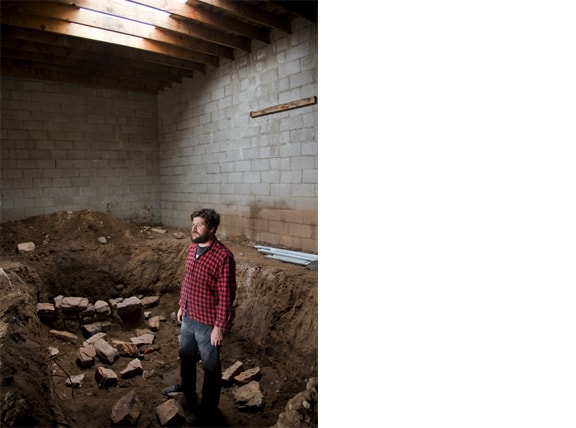
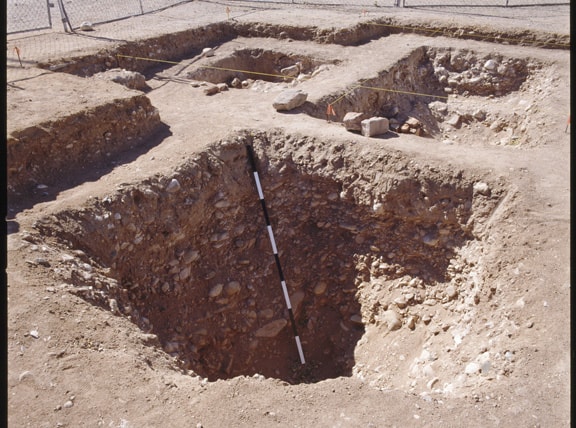
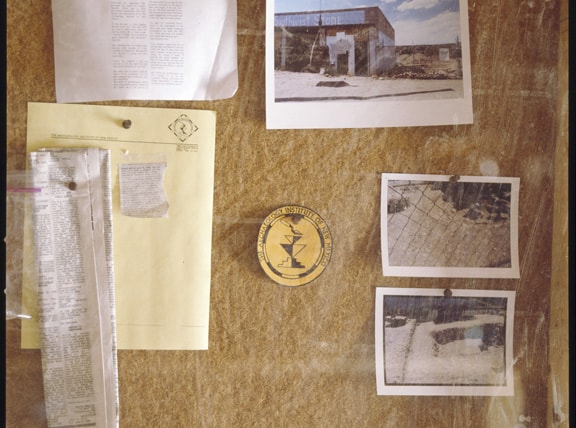
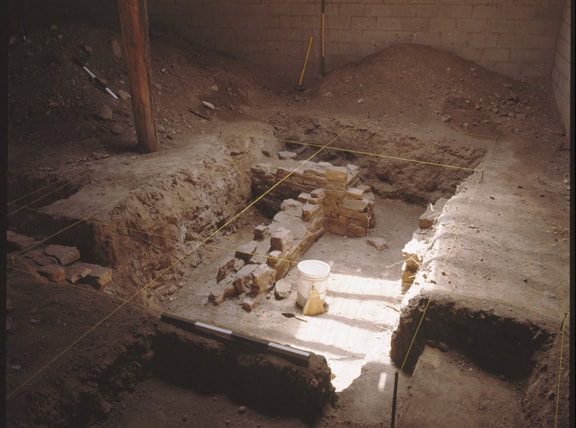
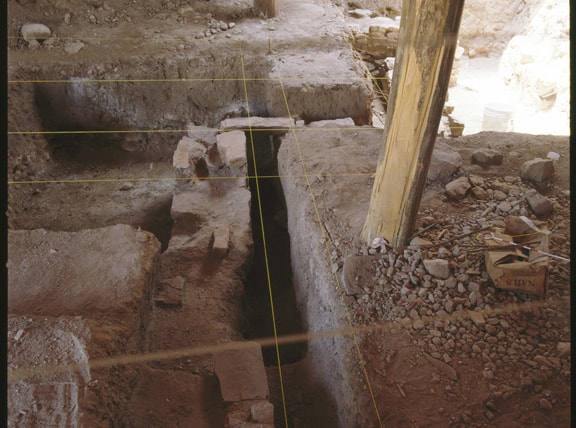
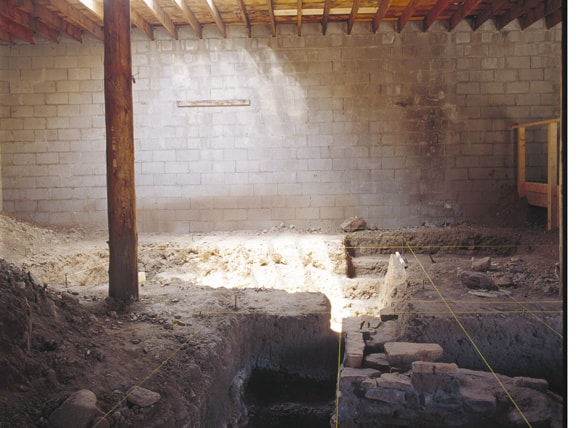
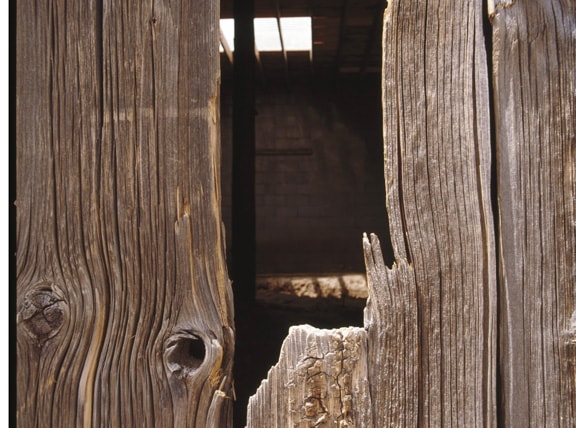
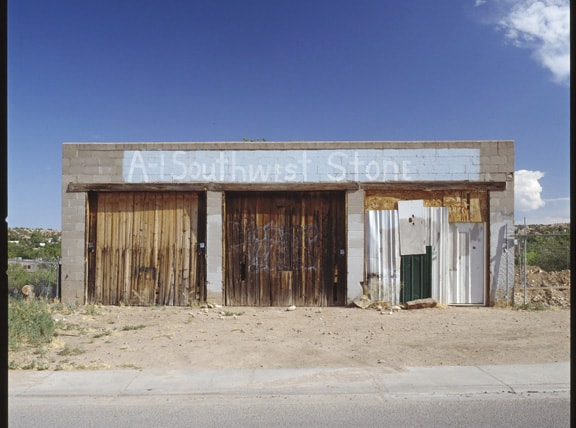
SITE SANTA FE BIENNIAL
22.06.08-06.10.08
VENUE: SITE SANTA FE BIENNIAL, NEW MEXICO, USA
ARTIST: Nick Mangan
CURATOR: Alexie Glass
The Site Santa Fe Biennial is the only international contemporary art biennial in the USA, running for seven years, it occupies an pivotal position in international contemporary art. With past directors including acclaimed curators such as Francesco Bonami (1997), Rosa Martínez (1999), and Robert Storr (2004) this biennial is world renown for its innovative approach and dynamic projects.
The 2008 Biennial entitled Lucky Number Seven was curated by Lance Fung who invited 18 institutional partners from around the world to collaborate with him in the creation of this biennial. Fung selected institutions that he felt reflected most successfully independent contemporary art from each of these countries. Gertrude Contemporary Art Spaces (GCAS) was invited to be the Australian partner, with Alexie Glass, Director of GCAS as curatorial partner. Glass nominated five Australian artists for consideration and in dialogue with Fung identified former GCAS studio artist Nick Mangan as the artist for inclusion in Lucky Number Seven.
Nick Mangan created a site specific archaeological dig of a derelict garage in Santa Fe eponymously called ‘South West Stone’. As Alexie Glass explains Mangan’s faux archaeological excavations “create fictions that draw from the history of New Mexico - he collapses references that range from adobe architecture to atomic testings, casino’s to Indian reservations, literally unearthing new hybrid relics and revealing what lies beneath undisturbed surfaces.”
Mangan’s work was presented alongside work by 25 artists from 16 countries to create 18 site-specific projects. In addition all of the works were temporary, existing only for the duration of the exhibition after which the materials were recycled back into the community.
Fung’s unique approach to this biennial allowed him access to artists who are relatively unknown on an international scale and offered a new and exciting model for collaboration between institutions and countries in this context, and set a bench mark for curatorial projects of this kind in the future.